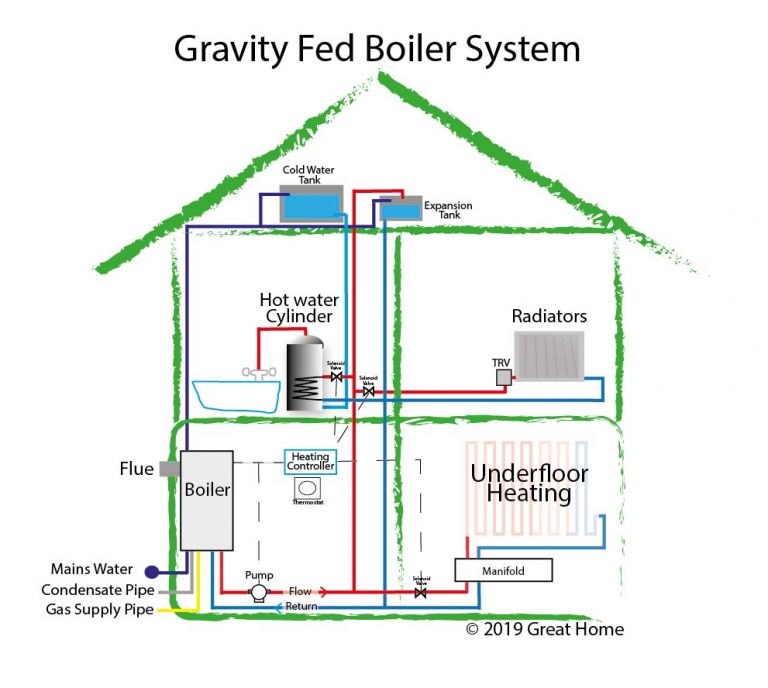Table of Content
"I think for the most part, we're going to be okay," David Robbins, with Village Plumbers in Houston said. "ERCOT has said it will not turn the electricity off so the interior of the home should stay warm enough to keep the pipes in pretty good condition as far as freeze goes." Local plumbing experts say although residents should be aware of the potential risk that comes with freezing temperatures, most homes across Houston should fare much better this time around. As we have mentioned before, it is a good idea to get a professional to help you fix your mixing valve. You can do this at home, but it is an intricate process that can sometimes lead to injuries if not done correctly.
This article discusses why your radiator isn’t getting hot and effective ways to fix the problems. Use the information discussed above to troubleshoot your radiator and implement a suitable approach to fix your unit. If you’re afraid of doing it alone, don’t hesitate to call reliable central heating and boiler professionals for assistance.
The life span of water heaters is anywhere from 10 to 20 years and beyond, depending on type.
Gas water heaters can be harder to troubleshoot than electric ones. If homeowners are leaving Houston for the holidays, some plumbing experts say they can turn off the water main to their homes and then open faucets inside and empty pipes to prevent freezing. During Winter Storm Uri, the state's electrical grid failed, leading to frozen pipes that eventually expanded and then burst.
Do not forget to reconnect the drain valve to the water heater after you are done. Cleaning sediment out of hot water lines is a relatively straightforward process. First, start by turning off the water supply to the hot water lines. Unscrew the angle stop connected to the hot water line, then use a bucket to contain any water that comes out. If the hot and cold lines have become crossed, or the valves on either side of the faucet are not properly sealed, then the water may not be passing through properly. There could be a few different reasons why you may have hot water in only part of your house.
Replacing a Shower Cartridge
Failure to set your boiler for heating or hot water dispensing does cause the radiator to remain cold even if the system is running. Half of all homes in Oklahoma use natural gas as their primary source of heating. One in every 100 households, on the other hand, use petrol. If your home is one of these, then a likely reason that your water heater doesn’t work is that it ran out of gas or oil. It may seem crazy, but your water tank may fail to heat your water properly if there is a sediment buildup at the bottom of it. This is because the mechanism that heats the water is often situated at the bottom of the tank.

If you see leaking, however small, it may be as simple as tightening parts of it up to ensure it doesn’t continue. If you suspect your water heater’s age is at fault for heating issues or see leaking when it doesn’t heat, it’s time to consider replacing the unit. If your TPR valve fails, this can lead to pressure building up inside the water heater from the water pipes and sewage lines. If the water heater begins to overheat, this valve helps relieve it. If this fails, it could lead to the water heater exploding under the right circumstances. Annual maintenance and checks should check the TPR valve to ensure it’s not capped off, blocked, or have any other issues that could lead to an explosion.
Pressure Relief Issues
Some of these causes you may be able to fix yourself, but others will require help from a licensed professionals plumber. Your mixing valve should have a circular thermostat attached to it. You can run your water and check the reading on the thermostat.

Sediment buildup is unavoidable, as there is sediment present in the water that comes into your tank every day. Most modern mixing valves are thermostatic, meaning they have a thermostat attached that shows you the temperature of the water passing through the valve. In a newer home, you will likely have a shower cartridge instead of a mixing valve. Many pilot ignition problems are caused by misalignments and damaged components. You can fix them by using pliers to point the lighter at a 45-degree angle inward. The spark and gas have to meet perfectly to create a light.
It’s also possible that the hot water supply lines to one of the showers are too small, meaning that not enough hot water is reaching the shower. Likewise, if one of the hot water lines is significantly longer than the other, then it is possible that the water in the hot water line is cooling off before it reaches the shower. Open the cold-water inlet, to flush the tank, and check for proper operation. Allow the tank to fill for a few minutes, and then turn on the power or gas supply and check for proper operation.

A plumbing professional will be able to determine if these issues are contributing to your issues and replace the failed parts, so your hot water will be restored once again. Also, keep in mind that you will always struggle with hot water issues if the hot water tank is too small for the home. Without a water softener in the home, sediment from hard water can build within a water heater’s tank. When this happens, it will take much longer to bring water up to temperature than it should. To reverse these symptoms, get in contact with a professional and have your system drained at least once per year.
You might also want to have the pro check that the high temperature cutoff switch is working correctly. If the water gets too hot, the heater can shut down altogether. If your home has a traditional tank water heater and you’re not getting hot water at any of the fixtures, it could be a symptom of sediment buildup inside the hot water heater. Sediment buildup happens over time, and if it isn’t flushed on a periodic basis, it can greatly reduce the water heater’s capacity to generate and hold the proper volume of hot water. In this case, the water heater may need to be serviced and flushed.
These cartridges act as a last line of defense for controlling your water temperature. Hire a professional plumber if your pipes are made of copper and need to be soldered. Refill the water heater with water and drain it again to agitate and flush the system. Drain all of the water out of the water heater into a tub, looking for sediment.
Depending on where you live, it could also help save money on energy bills as the heater won’t have to work as hard due to the improved flow of water. If none of the above solve the issue, then it may be a plumbing problem such as a broken pipe or a blocked shower drain. In this case, it is best to contact a professional plumber to fix the problem. Finally, check the thermostat on your water heater to make sure that it is set properly.
Over time, sediment will settle and build up at the the bottom of your water tank, and it can become so dense that it winds up absorbing the heat generated from the internal heating element. Sediment build up will eventually prevent the water in the tank from reaching the temperature set on the thermostat, causing cold streams of water to flow through your faucets. Both traditional and tankless water heaters can suffer from an internal buildup of sediment that impedes the unit’s ability to properly heat water.
Why is my hot water not working but my cold water is?
There could be several reasons why only half of your house is getting hot water. The first thing to check is the thermostat on the water heater. Make sure it’s set to a temperature that will provide you with enough hot water. You may notice that during those extra-cold winter months, the amount of time given to the hot water heater to get the incoming water to the right temperature isn’t enough. There are a few reasons why your water heater may not be properly heating your water supply.

No comments:
Post a Comment